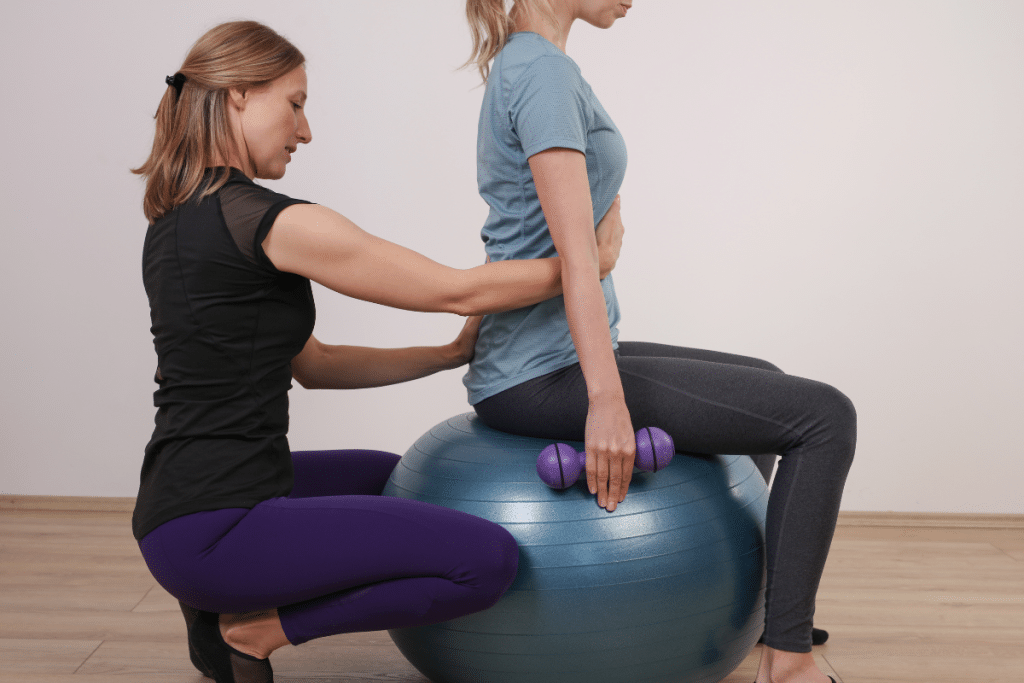Scoliosis is a condition characterized by abnormal sideways curvature of the spine, affecting millions of people worldwide. While physical therapy is a cornerstone in managing scoliosis, complementary approaches such as Pilates offer promising benefits. In this guide, we’ll delve into how Pilates can enhance traditional scoliosis physical therapy, providing patients with a holistic approach to treatment.
Understanding Scoliosis
Scoliosis manifests in various forms, from congenital to idiopathic, impacting individuals of all ages. The curvature of the spine can lead to asymmetry, discomfort, and mobility limitations. Recognizing symptoms and understanding the condition’s nuances are crucial for effective management.
The Role of Physical Therapy in Scoliosis Management
Physical therapy aims to improve spinal alignment, muscle balance, and functional abilities in scoliosis patients. Techniques such as stretching, strengthening, and postural correction exercises are commonly employed. While beneficial, traditional physical therapy may benefit from complementary methods to enhance outcomes.
Introduction to Pilates
Pilates, developed by Joseph Pilates, focuses on core strength, flexibility, and body awareness. Unlike high-impact exercises, Pilates emphasizes controlled movements and mindful breathing, making it suitable for individuals with scoliosis. Its principles align closely with the goals of scoliosis management.
Pilates as a Complementary Approach to Scoliosis Physical Therapy
Incorporating Pilates into scoliosis treatment plans offers several advantages. Pilates exercises target core stability, spinal alignment, and muscle balance, addressing key aspects of scoliotic curvature. Additionally, the emphasis on controlled movements promotes body awareness and proper alignment, reducing the risk of injury.
Incorporating Pilates into Scoliosis Treatment Plans
Collaboration between Pilates instructors and physical therapists is essential for creating tailored exercise routines. Pilates can be adapted to suit individual needs, with modifications to accommodate varying degrees of scoliosis severity. Patients benefit from a comprehensive approach that integrates Pilates seamlessly into their treatment regimen.
Practical Tips for Scoliosis Patients Engaging in Pilates
To maximize the benefits of Pilates, patients should prioritize proper form, consistency, and gradual progression. Warm-up and cool-down routines are crucial for preventing strain and injury. Listening to the body and communicating openly with instructors ensure a safe and effective Pilates experience.
Research and Evidence Supporting the Efficacy of Pilates for Scoliosis
While more research is needed, existing studies highlight the potential of Pilates in improving spinal alignment, muscle strength, and quality of life in scoliosis patients. Continued investigation into Pilates-based interventions can provide further insights into its long-term benefits.
Takeaway
By integrating Pilates into scoliosis physical therapy, patients can experience enhanced outcomes and improved quality of life. Through targeted exercises, mindful movement, and collaborative care, Pilates offers a holistic approach to managing scoliosis, empowering individuals to thrive despite their condition.
Join the Core Fitness family and experience the benefits of Pilates for scoliosis.

